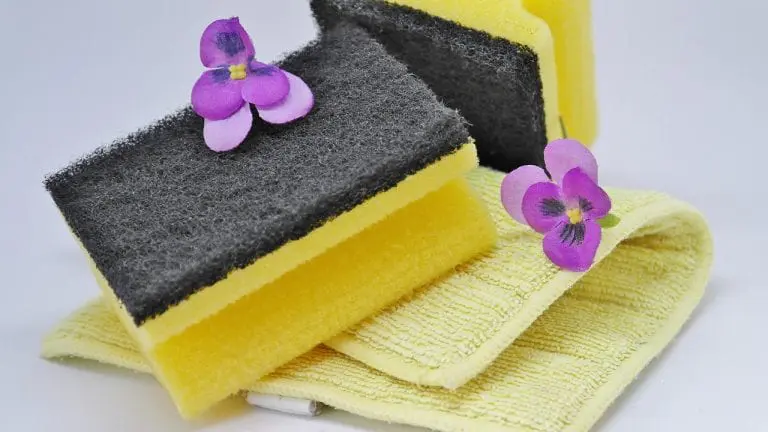Cleaning Hacks That Can Damage Your Toilet

Keeping our toilets clean and hygienic is a top priority for many of us. While searching for cleaning hacks to make this task easier, we often come across various tips and tricks that claim to work wonders. However, not all cleaning hacks are created equal. In fact, some popular methods can actually cause damage to your toilets, leading to costly repairs and potential plumbing issues.
You may have seen a TikTok video proposing the use of a cleaning solution within the bowl to make your toilet self-clean with each flush. It could be tempting to think that your toilet bowl would automatically clean itself, but doing so can really cause more harm than good. Check out these dos and don’ts for performing the task just like your Hornsby plumber.
- Using Harsh Chemicals
One of the most common mistakes people make when attempting to clean their toilets is using harsh chemicals. While strong chemicals like bleach or acidic cleaners can effectively remove stains and disinfect, they can also damage the toilet’s surfaces over time. Continuous use of such chemicals may corrode the porcelain, leading to cracks and leaks. Additionally, the fumes from these chemicals can be harmful to your health when inhaled.
Alternative: Instead of relying solely on harsh chemicals, consider using milder alternatives such as baking soda, vinegar, or hydrogen peroxide. Professionals like your Hornsby plumber use natural cleaning agents that can be just as effective in removing stains and killing bacteria without posing a risk to your toilet’s longevity.
- Using Abrasive Tools
When faced with stubborn stains or mineral deposits, many people resort to using abrasive tools such as steel wool or hard-bristle brushes. While these tools might seem effective at scrubbing away grime, they can leave scratches on the toilet bowl’s surface. These scratches not only compromise the toilet’s appearance but also create rough areas that can encourage the buildup of bacteria and make future cleaning more difficult.
Alternative: Opt for non-abrasive tools like soft brushes, sponges, or toilet brushes with nylon bristles. These options are gentle yet effective in removing stains without causing any damage to the toilet’s surface.
- Flushing Improper Substances
Some cleaning hacks suggest flushing unconventional substances down the toilet to aid in cleaning. Examples include soda, vinegar, or denture tablets. While these items may provide temporary freshness or effervescence, they can potentially harm the toilet’s mechanisms and pipes. The chemical reactions and debris can lead to clogs or blockages, requiring costly repairs or even a complete replacement of the toilet.
Alternative: Stick to using cleaning agents that are specifically designed for toilet use. These products are formulated to be safe for your toilet and its plumbing system, ensuring effective cleaning without any adverse effects.
- Neglecting Regular Cleaning
A common misconception is that cleaning less frequently will prolong the life of your toilet. However, neglecting regular cleaning can have the opposite effect. Accumulated grime, stains, and mineral deposits can become harder to remove over time, requiring more aggressive cleaning methods that can potentially damage the toilet’s surface. Moreover, neglecting to clean the toilet can lead to the growth of mold, mildew, and bacteria, posing health risks to the household.
Alternative: Adopt a regular cleaning routine that includes gentle scrubbing with appropriate cleaning agents. Regular maintenance will help keep your toilet in good condition and prevent the need for more extensive cleaning procedures.
- Avoiding Clogged toilets
Frequent chemical exposure can harm rubber and plastic gaskets and seals used in toilets. Your toilet’s internal components might break and leak as a result of such damage. Additionally, the bottle in the tank diverts the water needed to flush the toilet effectively. That could cause backups and obstructions. Therefore, putting a bottle of cleaner in your toilet tank is not a good idea, even though a clean toilet is wonderful.
Alternative: Here’s a natural alternative to using chemicals to clear a clogged toilet. Bleach, an active, caustic component, is used by harsh chemicals to dissolve a blockage. As it operates, the chemicals are flushed down the toilet. The chemical reaction produces heat, which has the potential to break porcelain. Additionally, if you used the chemical to remove the obstruction and a plunger at the same time, you run the risk of sprinkling the hazardous substance on your skin, which might result in burns or irritation.
Final thoughts
Maintaining a clean and functional toilet is essential for any household, but it’s crucial to be mindful of the cleaning methods we employ. While cleaning hacks can be tempting shortcuts, certain techniques can actually damage our toilets and lead to costly repairs or replacements. By avoiding harsh chemicals, abrasive tools, improper flushing, and neglecting regular cleaning, we can ensure a clean and long-lasting toilet. Remember, it’s always better to prioritize the well-being of your toilet’s surfaces and plumbing system over temporary shortcuts that may do more harm than good.









